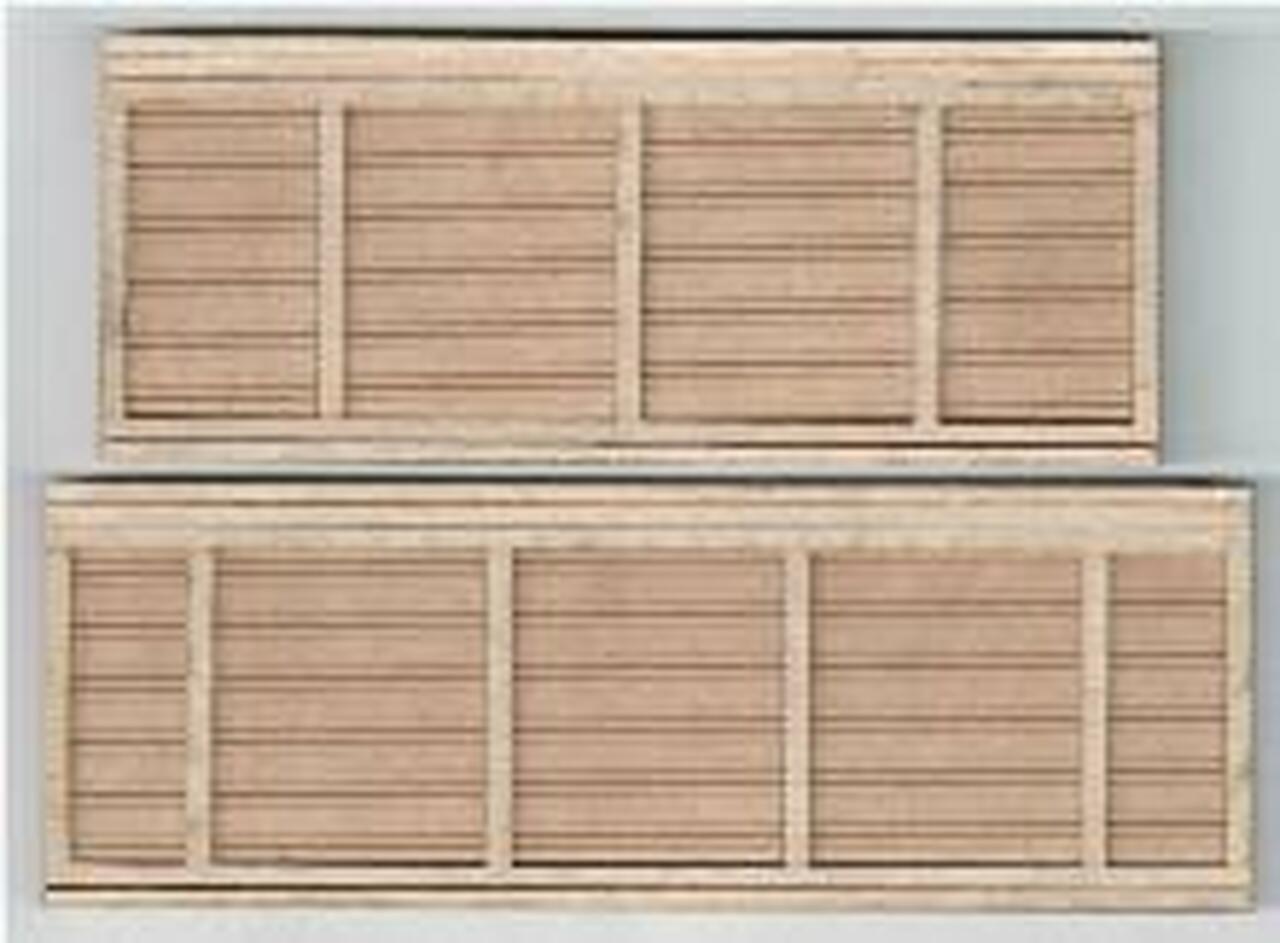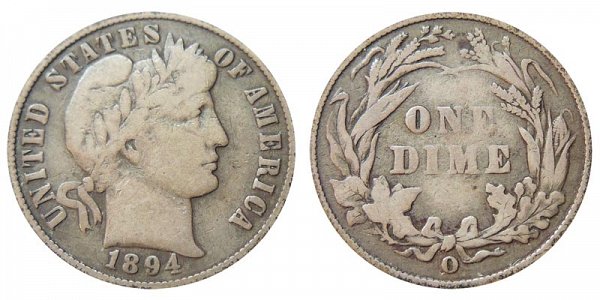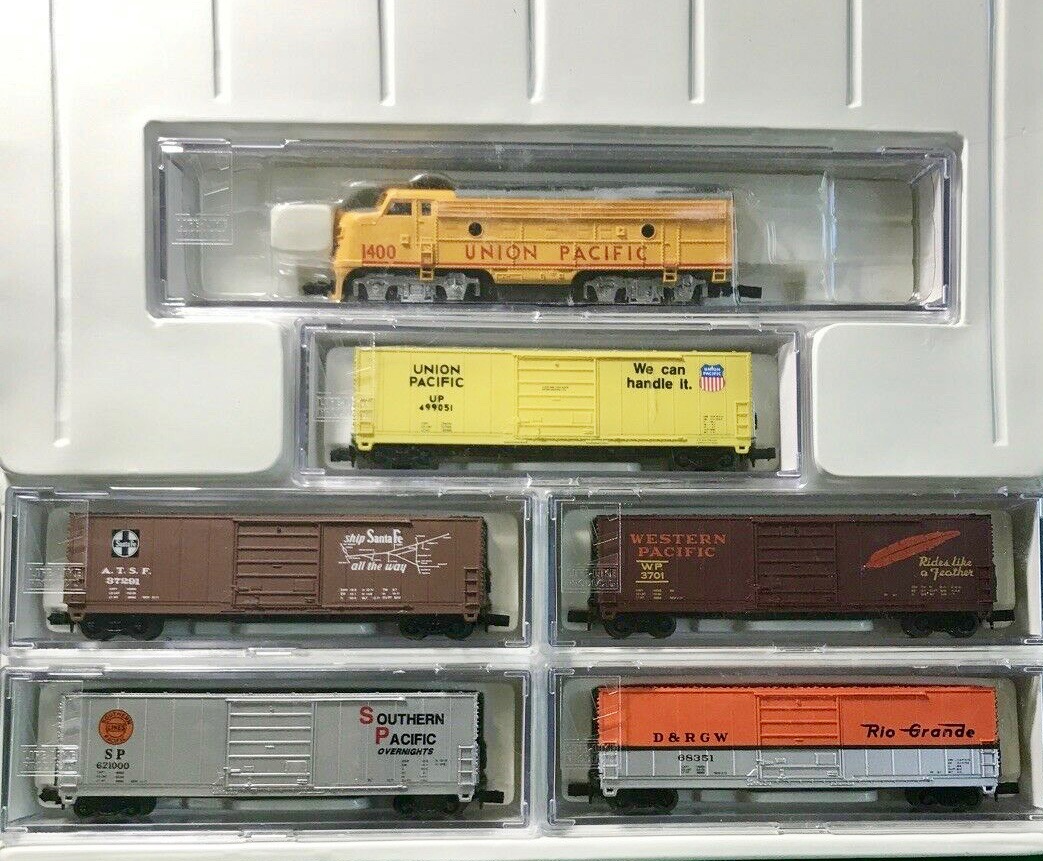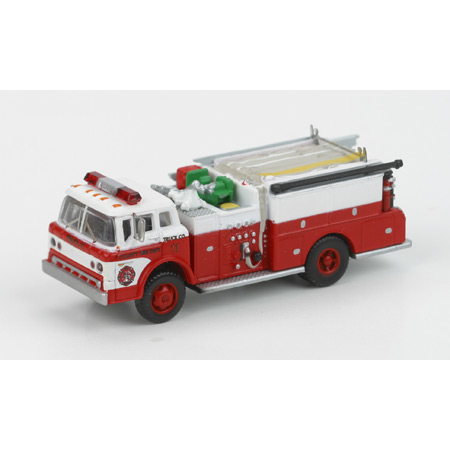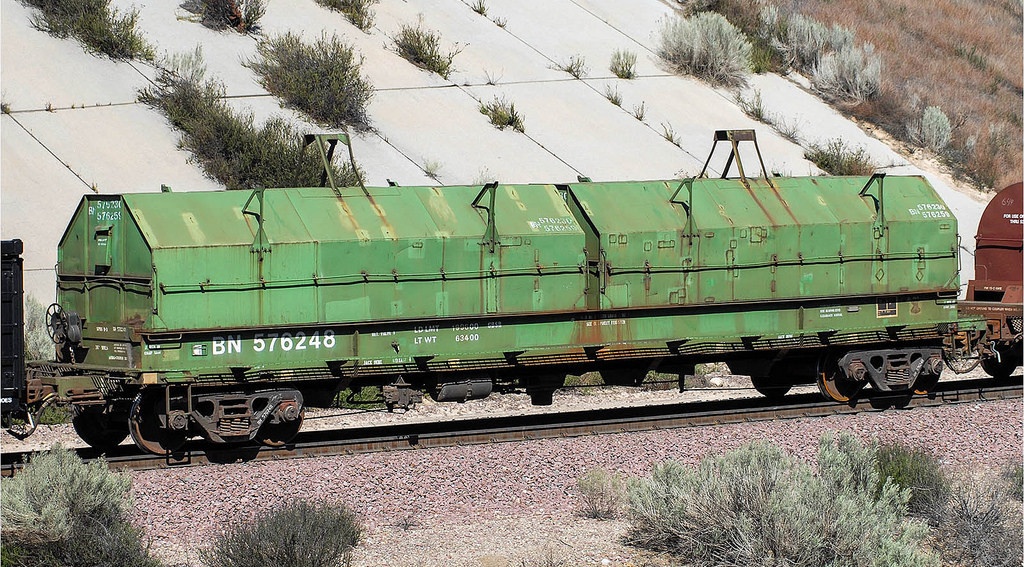Specific Item Information: Built: BLT 7-74 & RBLT 4-97
Model Information: These models are both wonderful and awful at the same time. They have wonderful detail and printing, but the "RTR" versions are not.
They model an Evans 100-Ton Type-4 Steel Coil gondola car, and they do a pretty nice job. They show better underframe detailing than most Red Caboose models and the flexibility to run them with or without covers is nice, as long as you get the kit form.
Unfortunately if you get the Ready-To-Run (RTR) version, you don't get coils. And they are not truly Ready-to-Run because since they come with the covers glued to the Gondola, you are required to glue on the roof details or they will look wrong. Furthermore the roof details come on tiny sprues that need to be carefully cut apart. Then the attachment points where the details come away from the sprues need to be shaved. Then trying to glue these parts onto the coil covers is a feat worthy of neurosurgeon level dexterity or glue will get all over the covers.
Get the kit version if you can. You get the coils. You have to do the hardest part of the assembly job either way, and if you run them with the coils exposed, then you do not need to bother gluing the ding-dang roof details on the covers anyway.
They model an Evans 100-Ton Type-4 Steel Coil gondola car, and they do a pretty nice job. They show better underframe detailing than most Red Caboose models and the flexibility to run them with or without covers is nice, as long as you get the kit form.
Unfortunately if you get the Ready-To-Run (RTR) version, you don't get coils. And they are not truly Ready-to-Run because since they come with the covers glued to the Gondola, you are required to glue on the roof details or they will look wrong. Furthermore the roof details come on tiny sprues that need to be carefully cut apart. Then the attachment points where the details come away from the sprues need to be shaved. Then trying to glue these parts onto the coil covers is a feat worthy of neurosurgeon level dexterity or glue will get all over the covers.
Get the kit version if you can. You get the coils. You have to do the hardest part of the assembly job either way, and if you run them with the coils exposed, then you do not need to bother gluing the ding-dang roof details on the covers anyway.
Prototype History: The increased volume of coiled steel transportation gave rise to a new purpose-built freight car. Previously rolls of coiled-steel had generally traveled in specially equipped gondola cars. In the 1960s a lighter type of car emerged specifically for hauling coils of steel in an integral trough. The car type gained popularity and eventually over 17,000 cars were built. One common model was the 48 foot design from Evans.
The new commodity-specific coil-steel car were built with a 100-ton capacity using a trough frame and body. The early designs were refined during the 1960s and eventually Evans adopted a 48-foot length as standard. Production lasted well into the 1970s.
The new commodity-specific coil-steel car were built with a 100-ton capacity using a trough frame and body. The early designs were refined during the 1960s and eventually Evans adopted a 48-foot length as standard. Production lasted well into the 1970s.
Road Name History: CSX Transportation (reporting mark CSXT) is a Class I railroad in the United States. The main subsidiary of the CSX Corporation, the railroad is headquartered in Jacksonville, Florida, and owns about 21,000 route miles (34,000 km). CSX operates one of the three Class I railroads serving most of the East Coast, the other two being the Norfolk Southern Railway (NS) and Canadian Pacific Railway. It also serves the Canadian provinces of Ontario and Quebec. Together CSX and Norfolk Southern Railway have a duopoly over all east-west freight rail traffic east of the Mississippi River. As of October 1, 2014 CSX's total public stock value was slightly over $32 billion.
CSX Transportation was formed on November 1, 1980, by combining the railroads of the former Chessie System with Seaboard Coast Line Industries, and finally with the Seaboard System Railroad in 1986. The originator of the Seaboard System was the former Seaboard Air Line Railroad, which previously merged with the Atlantic Coast Line Railroad in 1967, and later with the Louisville & Nashville Railroad, as well as several smaller subsidiaries such as the Clinchfield Railroad, Atlanta & West Point Railroad, Monon Railroad and the Georgia Railroad. The origin of the Chessie System was the former Chesapeake & Ohio Railway, which had merged with the Baltimore & Ohio Railroad, and the Western Maryland Railway.
Read more on Wikipedia.
CSX Transportation was formed on November 1, 1980, by combining the railroads of the former Chessie System with Seaboard Coast Line Industries, and finally with the Seaboard System Railroad in 1986. The originator of the Seaboard System was the former Seaboard Air Line Railroad, which previously merged with the Atlantic Coast Line Railroad in 1967, and later with the Louisville & Nashville Railroad, as well as several smaller subsidiaries such as the Clinchfield Railroad, Atlanta & West Point Railroad, Monon Railroad and the Georgia Railroad. The origin of the Chessie System was the former Chesapeake & Ohio Railway, which had merged with the Baltimore & Ohio Railroad, and the Western Maryland Railway.
Read more on Wikipedia.
Brand/Importer Information:  Originally Red Caboose was a manufacturer of HO and N Scale model railroading items. It was located in Mead, Colorado, and was founded in 1990 by Leon Fairbanks.
Red Caboose manufactured highly accurate, well detailed N, HO, and O Scale freight cars and locomotives.
Originally Red Caboose was a manufacturer of HO and N Scale model railroading items. It was located in Mead, Colorado, and was founded in 1990 by Leon Fairbanks.
Red Caboose manufactured highly accurate, well detailed N, HO, and O Scale freight cars and locomotives.
Red Caboose closed its doors in January of 2015. Red Caboose N Scale has been sold to Fox Valley Models and HO was sold to InterMountain Railway. Many of the Red Caboose toolings have seen re-releases from Fox Valley since the acquisition. We just wish they would clean up the underframes. Red Caboose always went light on the details where they thought people wouldn't look.

Red Caboose closed its doors in January of 2015. Red Caboose N Scale has been sold to Fox Valley Models and HO was sold to InterMountain Railway. Many of the Red Caboose toolings have seen re-releases from Fox Valley since the acquisition. We just wish they would clean up the underframes. Red Caboose always went light on the details where they thought people wouldn't look.
Manufacturer Information: While they were in business, Red Caboose split its production runs between the US and China. Which models were produced where was a function of which body style and which run. Furthermore, which Chinese company was used for production is something we would love to find out.
Item created by: CNW400 on 2021-05-04 13:58:24
If you see errors or missing data in this entry, please feel free to log in and edit it. Anyone with a Gmail account can log in instantly.
If you see errors or missing data in this entry, please feel free to log in and edit it. Anyone with a Gmail account can log in instantly.






